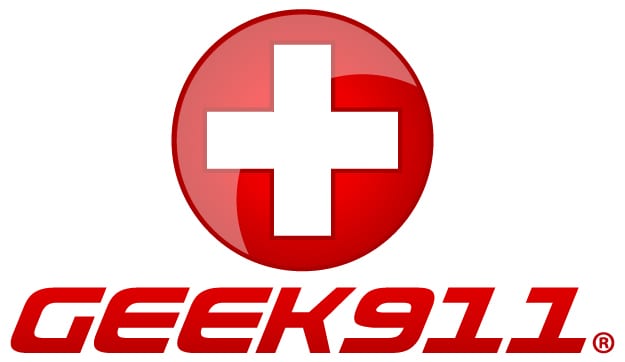How Should You Deal With Your Remote Workforce’s Security Concerns?

Now that the dust has largely settled on the move from in-office to a remote team. Companies are now addressing what they could do better.
In the initial days of the pandemic, companies were scrambling to put cloud solutions in place that made it possible for employees to work from home amid mandated stay-at-home orders.
Many put together piecemeal solutions that may have allowed their business to stay operational, but that still had flaws. Security is a big one.
Twenty percent (20%) of surveyed businesses have reported a cybersecurity incident during the pandemic that was caused by a remote employee. Network security takes on an entirely different look when you no longer have people working under the same roof.
Lack of a Plan or Instruction
A contributing factor to the security problems with a remote workforce is that many companies did not have a plan. They hadn’t thought through what a change to a work-from-home (WFH) staff would mean when it came to things like phishing, network attacks, and personal devices sharing a network with business data.
Without a plan, employees had little to no instructions on how to secure their work while working at home. This left the same types of sensitive business data being transmitted and received daily with much less protection.
The need for a remote team security strategy has been an important technology lesson of the pandemic.
Ways to Protect Your Remote Workforce & Your Business Data
Many of the same types of protections you may have in place at your office will still apply with remote teams. Additionally, remote workforces need to have other network protections due to them being on a less-secure home network.
Here are some of the ways you should address WFH security.
Implement Use of a VPN
A virtual private network (VPN) offers vital encryption needed to keep connections secure when employees are accessing business apps and data from outside your office.
VPNs route traffic through secure servers and encrypt that data. This prevents compromised data via a man-in-the-middle attack (when a hacker is on the same Wi-Fi and spying on other traffic).
You want to be sure to use a business VPN account (not a personal account) so you have enterprise-grade security designed for the types of sensitive data that companies work with. You can also easily add or remove users as needed to your VPN and ensure that everyone is using it as they should.
Provide Device Protection Minimums
A majority of WFH employees (56%) are using their own computers to work from home. This is a major security problem if a company is just assuming that those employee devices are properly updated and secured.
The best-case scenario is to issue company devices for employees to use, no matter where they are working. However, this isn’t always possible or convenient for companies to do.
At a minimum, companies should provide device security protections for employees working from home, just like they would if they were working in the office. (They’re working with all the same data, right?)
These minimums include:
- Update and patch management
- Managed Antivirus/anti-malware
- DNS filtering to block malicious sites
- Threat monitoring
The easiest way to do this is through managed IT services that connect to each employee device to provide all those protections automatically.
Use Multi-Factor Authentication for All Logins
A majority of cloud account breaches happen due to compromised passwords. When you have a remote workforce, that means your business data is largely cloud-based so everyone in your organization can access it.
Employees logging into your assets from a variety of locations makes it more difficult to put things like IP whitelisting protections in place because IP addresses can easily change if an employee decides to change their internet service provider.
You can stop about 99.9% of fraudulent account sign-ins through one simple thing – enable multi-factor authentication on all your accounts.
Help Employees With Router Segmenting
Router segmenting simply means setting up a guest network on a router to separate traffic. By creating a secondary network and only using that for business devices, a layer of protection is put in place.
Business data is no longer sharing the same Wi-Fi network with less secure home devices, such as a smart speaker or a teen’s iPad, which reduces the risk of a breach of company data.
Give Employees the Tech Support They Need
When an employee is working in an office with co-workers and they run across a suspicious email, they will often ask around to get a second opinion.
But when that same employee is working alone from home, they may just decide to take a chance on it because they don’t have anyone readily available to go to for support.
You can give your remote workforce the instant tech support they need through GEEK911’s remote support services. We have affordable packages that can help you keep your team secure and productive when working remotely.
Need a Review of Your Remote Workforce Security Plan?
GEEK911 can help your Silicon Valley business ensure you don’t have any weaknesses in your remote team security that can come back to bite you.
Contact us today to schedule a consultation! Call 1-866-433-5411 or reach us online.
